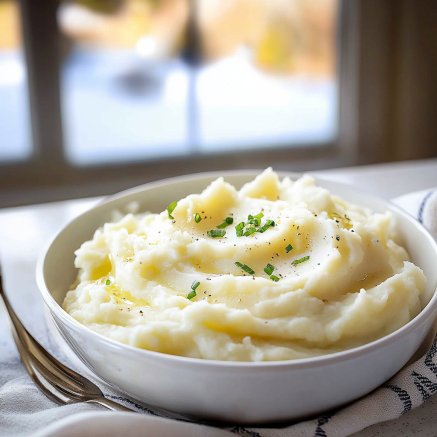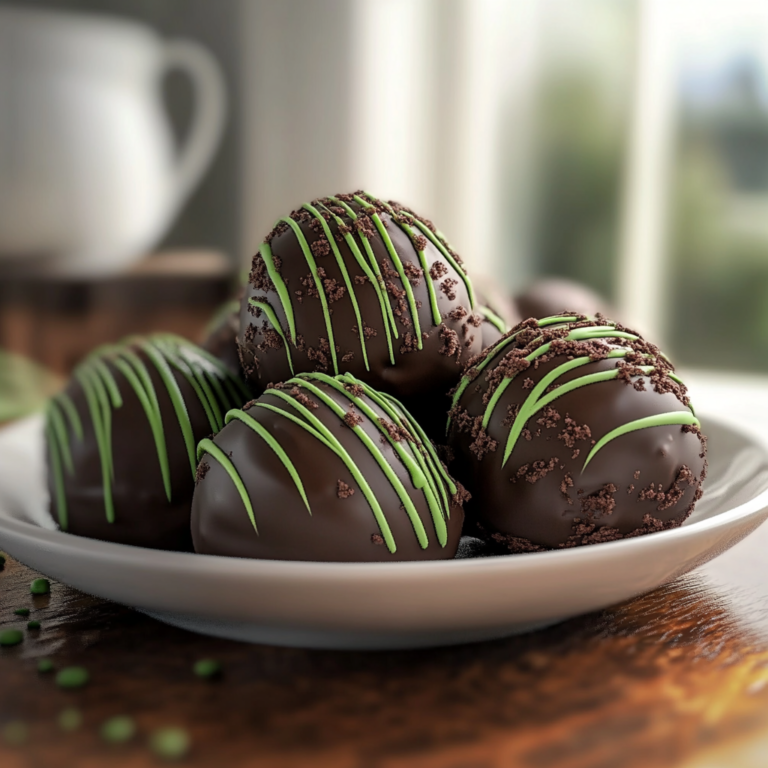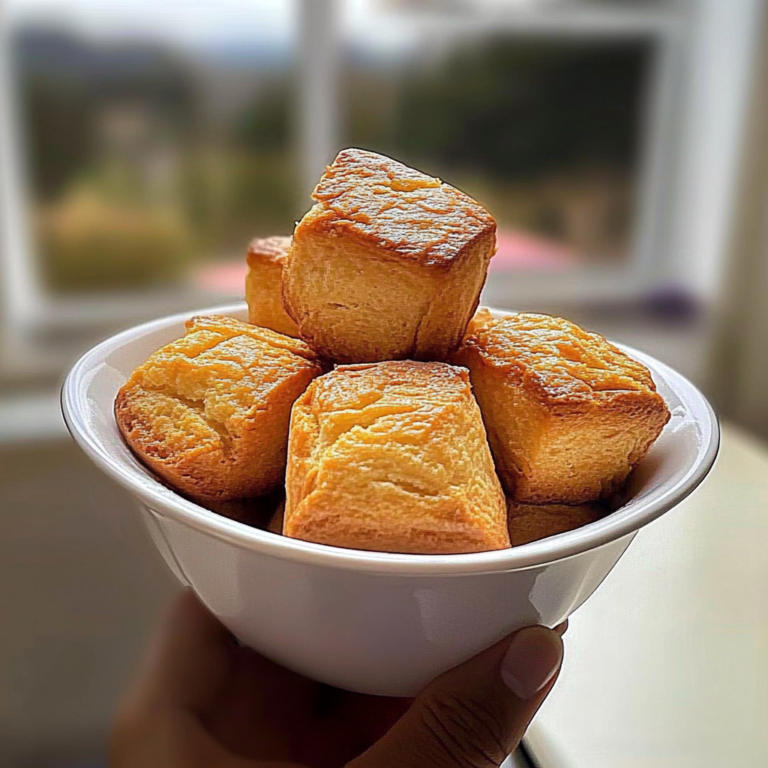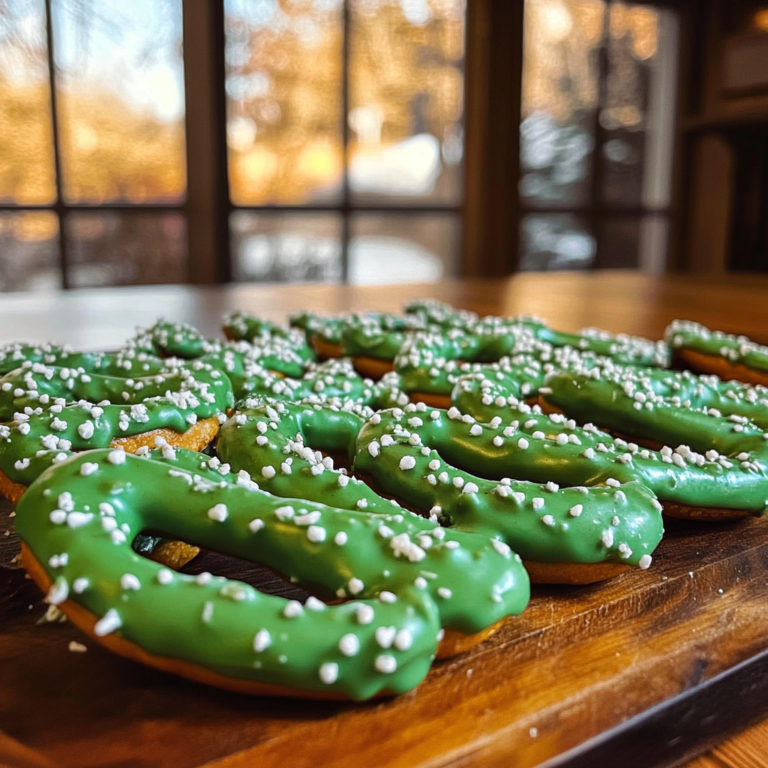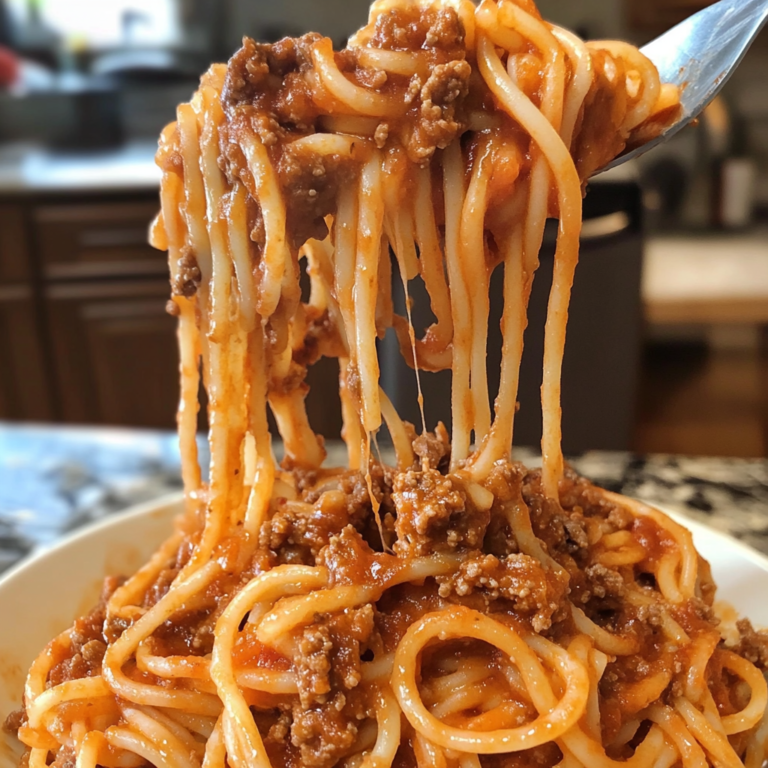Easy Butterscotch Sauce Recipe You Can Make in 10 Minutes
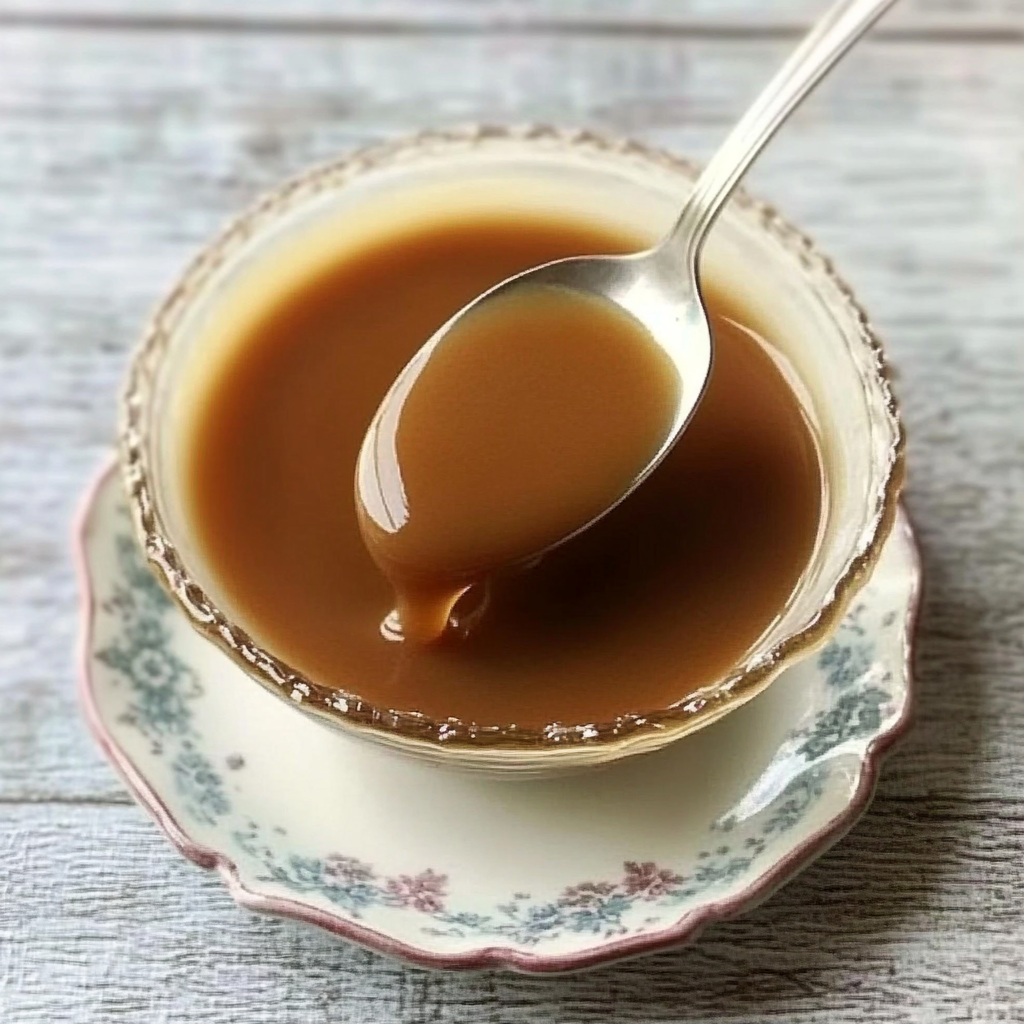
There’s something timeless about butterscotch sauce. Rich, buttery, and smooth, it has a way of turning everyday desserts into something memorable. Whether it’s drizzled over a scoop of vanilla ice cream or layered into a cake, this sauce brings comfort and flavor with every spoonful.
Unlike caramel, which can be a bit fussy, butterscotch is surprisingly easy to make. All you need is a saucepan, a few basic ingredients, and about 10 minutes. There’s no need for a candy thermometer or advanced kitchen skills—just melt, stir, and enjoy.
In this blog post, you’ll learn how to make an easy but irresistible butterscotch sauce that’s perfect for spooning over anything sweet. We’ll cover the ingredients, the steps to get it just right, and all the tips to help you avoid common mistakes. Whether you’re serving guests or treating yourself, this homemade sauce is the perfect finishing touch.
Why You’ll Love This Easy Butterscotch Sauce
This homemade butterscotch sauce wins hearts for a few simple reasons. First, the taste—nothing beats the deep, buttery sweetness of real brown sugar blended with cream and butter. It’s warm, comforting, and far better than anything you can buy in a bottle.
Second, it’s easy. There’s no tricky timing, no special tools—just one pot and a spoon. You’ll have a golden, pourable sauce in minutes, with no stress and no fuss.
It’s also incredibly versatile. Pour it over brownies, stir it into your morning oatmeal, use it as a dip for fruit, or blend it into milkshakes. You can make it thicker or thinner depending on how long you simmer it, and even adjust the sweetness to your taste.
Finally, it stores well. Make a batch, stash it in the fridge, and warm it up whenever you need a quick dessert upgrade. Whether you’re preparing a weekend treat or making a last-minute dessert for guests, this butterscotch sauce will always deliver.

What You’ll Need
To make this easy butterscotch sauce, you only need a handful of everyday ingredients. There’s nothing fancy or hard to pronounce—just a few basics that work together to create that rich, velvety flavor we all crave. You likely already have most of them in your pantry or fridge.
Start with unsalted butter. This gives you full control over the saltiness of your sauce. If all you have is salted butter, you can use it—just skip adding extra salt later on. The butter brings in that warm, rich base that sets the tone for the whole recipe.
Next is brown sugar. This is what gives butterscotch its signature flavor. Light brown sugar will give you a softer, sweeter taste, while dark brown sugar adds a deeper, more molasses-forward richness. Either works, depending on how bold you want your sauce.
Heavy cream is a must. It’s what turns the sugar and butter into a silky, spoonable sauce. Don’t substitute milk here—the fat in the cream is essential for the texture and flavor.
You’ll also need a little vanilla extract. It rounds out the flavors and adds a subtle depth that makes the sauce taste complete. Use pure vanilla extract if you can; the flavor is much smoother and more natural than imitation.
Lastly, a pinch of salt helps balance the sweetness and enhance the overall taste. If you want to go a step further, try using flaky sea salt for a slightly salted butterscotch variation that’s irresistible.
With these few ingredients, you’re just minutes away from a golden sauce that’s ready to pour, spoon, or swirl onto your favorite treats.
How to Make Easy Butterscotch Sauce
Making butterscotch sauce is all about simplicity. Here’s how to do it step-by-step, with exact measurements so you can’t go wrong.
Ingredients:
- ½ cup (1 stick) unsalted butter
- 1 cup packed light or dark brown sugar
- ¾ cup heavy cream
- 1½ teaspoons pure vanilla extract
- ¼ teaspoon salt (omit if using salted butter)
Instructions:
In a medium saucepan over medium heat, melt the butter completely. Once melted, stir in the brown sugar and salt. Let it cook while stirring constantly for about 2 to 3 minutes, until the sugar dissolves and the mixture looks smooth and bubbly.
Slowly add the heavy cream while continuing to stir. The mixture will bubble up briefly—that’s normal. Reduce the heat slightly and let the sauce simmer gently for another 4 to 5 minutes, stirring often so it doesn’t stick or burn.
Remove the pan from the heat and stir in the vanilla extract. Let the sauce cool slightly—it will thicken as it sits. You can use it warm or at room temperature depending on what you’re serving it with.
If you prefer a thicker sauce, simmer for a couple more minutes. For a thinner sauce, reduce the cook time slightly or add a splash more cream.
And just like that, your homemade butterscotch sauce is ready to enjoy!
You Must Know
Before making your butterscotch sauce, a few key tips will make your results smoother and tastier. First—don’t walk away while it’s cooking. The process moves fast, and constant stirring helps prevent burning or graininess. Once the sugar dissolves and the mixture bubbles smoothly, you’re on the right track.
Use medium heat. Too high, and the sugar can scorch; too low, and it won’t melt properly. Aim for a gentle simmer. When it’s time to add the cream, pour slowly. Adding cold cream too fast can shock the mixture and cause it to seize up or bubble over. Warming the cream a bit before adding helps it blend in smoothly.
The sauce may seem thin when it’s hot—that’s normal. It thickens as it cools. Don’t add extra sugar to “fix” it; just wait 10–15 minutes. And always add the vanilla off heat so it doesn’t evaporate.
Last tip: don’t skip the salt. Even a small pinch brings out the rich flavor and balances the sweetness. Want a fancier touch? Sprinkle a little sea salt on top when serving.
Perfecting the Cooking Process
To get silky-smooth butterscotch sauce every time, pay close attention to your cooking steps. Start with a heavy-bottomed saucepan—this helps heat distribute evenly and prevents hot spots that can burn sugar.
Melt the butter fully before adding the brown sugar, then stir constantly to dissolve the sugar completely. You’ll see it go from grainy to glossy. Let it bubble for a minute or two to build flavor.
When adding cream, go slowly and stir non-stop. Expect some bubbling—that’s normal. Once it’s all combined, reduce the heat and let the sauce simmer gently for 4–5 minutes. This thickens it and deepens the flavor.
Add vanilla at the end, off heat, to preserve its aroma. Then let the sauce sit a few minutes—it’ll thicken as it cools. If it becomes too thick later, reheat gently and stir in a splash of cream.
That’s all it takes to nail the texture and taste. Simple steps, done right, give you perfect butterscotch every time.

Add Your Touch
Once you’ve nailed the basic butterscotch recipe, it’s easy to customize it to suit your taste. Want a deeper flavor? Use dark brown sugar instead of light for extra richness. Prefer something lighter? A mix of white and brown sugar works well.
Try switching vanilla extract with almond or maple extract for a unique twist. Start with a small amount—just ½ teaspoon—so it doesn’t overpower the sauce.
Don’t miss this classic recipe everyone’s raving about.
For added texture, stir in chopped pecans or toasted coconut after cooking. These add a fun crunch and make the sauce even more special over ice cream or cake.
Need a dairy-free version? Use vegan butter and full-fat coconut milk. The result is still smooth and rich.
You can also add a pinch of cinnamon or nutmeg for a warm, spiced flavor—perfect for fall desserts.
Want a sweet-and-salty finish? Sprinkle a little flaky sea salt on top before serving. It balances the sweetness and adds a gourmet touch.
Storing & Reheating
After cooking, let your sauce cool slightly, then pour it into a clean, airtight jar. Store it in the fridge for up to two weeks.
Once cold, it thickens. To reheat, use the microwave in short bursts (15–20 seconds) or warm gently on the stovetop over low heat. Stir and add a splash of cream or milk if needed to thin it out.
Freezing is also an option. Store in a freezer-safe container for up to 2 months. Thaw in the fridge overnight and reheat before serving.
Always use glass containers if possible—plastic can absorb flavors or discolor over time. Proper storage ensures your sauce stays smooth, tasty, and ready when you need it.
Craving something sweet and simple? You’ll love this.
Chef’s Helpful Tips
- Use the right pan: A heavy-bottomed saucepan helps prevent burning and gives even heat. Avoid thin or nonstick pans if possible.
- Don’t rush it: Keep the heat at medium. If it’s too high, the sugar can scorch quickly. Stir constantly for smooth results.
- Warm your cream: Slightly warm cream blends in more easily and avoids bubbling over when added to the hot sugar.
- Add vanilla off heat: This keeps its flavor bold and prevents it from evaporating.
- Thin it if needed: If your sauce gets too thick, stir in a little warm cream or milk when reheating.
- Taste before finishing: A pinch of salt brings out the flavor. Add a little at a time, then taste.
- Stay close: The cooking process is fast—don’t leave the stove once you start.
These tips make the difference between a good sauce and an amazing one!
FAQ
Can I make this ahead of time?
Yes! Butterscotch sauce stores well in the fridge for up to two weeks. Just reheat and stir before using.
What if I don’t have heavy cream?
You can use half-and-half or full-fat coconut milk, though the texture may be slightly lighter.
Can I double the recipe?
Absolutely. Just use a larger saucepan and stir carefully to avoid burning.
Is this gluten-free?
Yes, the basic recipe is naturally gluten-free. Just make sure your ingredients (like butter and vanilla) are certified if needed.
Can I freeze it?
Yes! Freeze for up to two months. Thaw in the fridge and reheat gently.
Looking for more comforting favorites? Try this next.
Why did my sauce turn grainy?
It likely wasn’t stirred enough or the sugar wasn’t fully dissolved. Be sure to cook slowly and stir constantly.
Can I use light brown sugar?
Yes! It gives a milder flavor. Dark brown sugar offers a deeper taste, so choose based on preference.

Conclusion
Making your own butterscotch sauce at home is simpler than you might think—and the results are absolutely worth it. This rich, creamy sauce adds a warm, buttery sweetness that can elevate everything from ice cream and cakes to pancakes and coffee. With just a few pantry staples and simple steps, you can create a versatile treat that’s far superior to store-bought versions.
Remember, the key to success is patience, attention to heat, and gentle stirring. Once you master the basic recipe, don’t hesitate to experiment with flavors, textures, and even dairy-free options. Whether you prefer it classic or customized, this sauce is sure to become a staple in your kitchen.
Store it well, reheat carefully, and keep it on hand for quick indulgence anytime. Your friends and family will love the homemade touch you bring to desserts and snacks.
So, what are you waiting for? Grab your saucepan, gather your ingredients, and treat yourself to this irresistible easy butterscotch sauce. It’s truly a little spoonful of happiness you’ll want to savor again and again.

Easy Butterscotch Sauce Recipe You Can Make in 10 Minutes
Description
This silky, rich butterscotch sauce is a quick and delicious way to elevate your desserts. Perfect over ice cream, pancakes, cakes, or stirred into warm drinks, it’s made with simple pantry staples and ready in minutes!
Ingredients
½ cup (1 stick) unsalted butter
1 cup brown sugar (light or dark)
¾ cup heavy cream
1 tsp vanilla extract
Pinch of salt
Instructions
In a saucepan over medium heat, melt the butter.
Stir in brown sugar and cook, stirring constantly, for 2 minutes.
Slowly add the cream and stir until smooth.
Simmer gently for 4–5 minutes until slightly thickened.
Remove from heat, stir in vanilla and a pinch of salt.
Cool slightly before serving or store for later.
Notes
- Use dark brown sugar for a deeper flavor.
To thin sauce after chilling, reheat and stir in a splash of cream or milk.
Store in the fridge in an airtight container for up to 2 weeks.
For dairy-free version, use plant-based butter and full-fat coconut milk.

